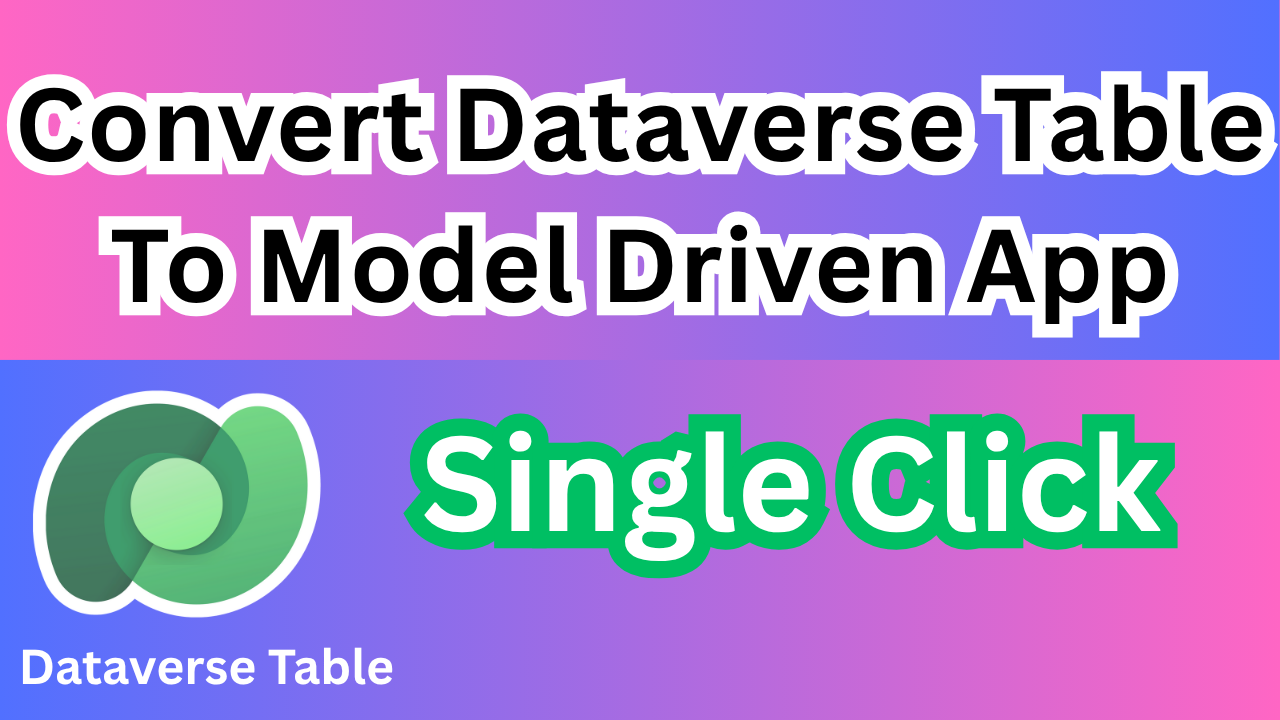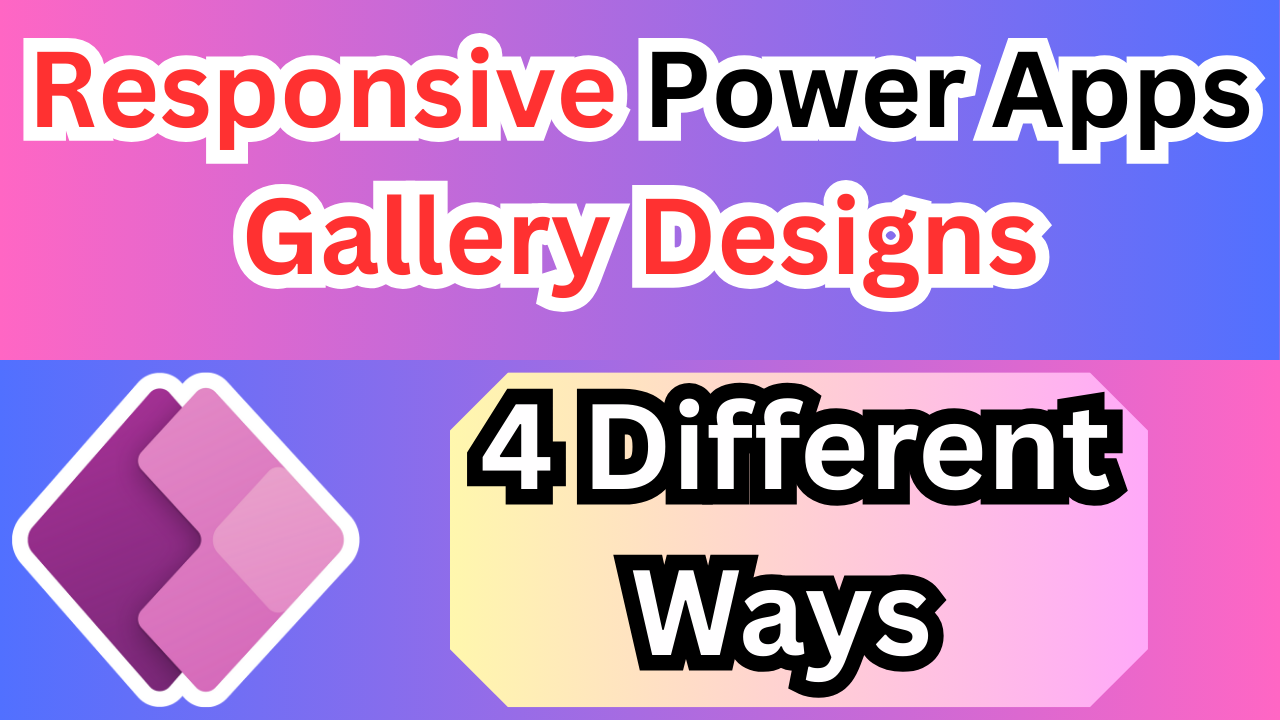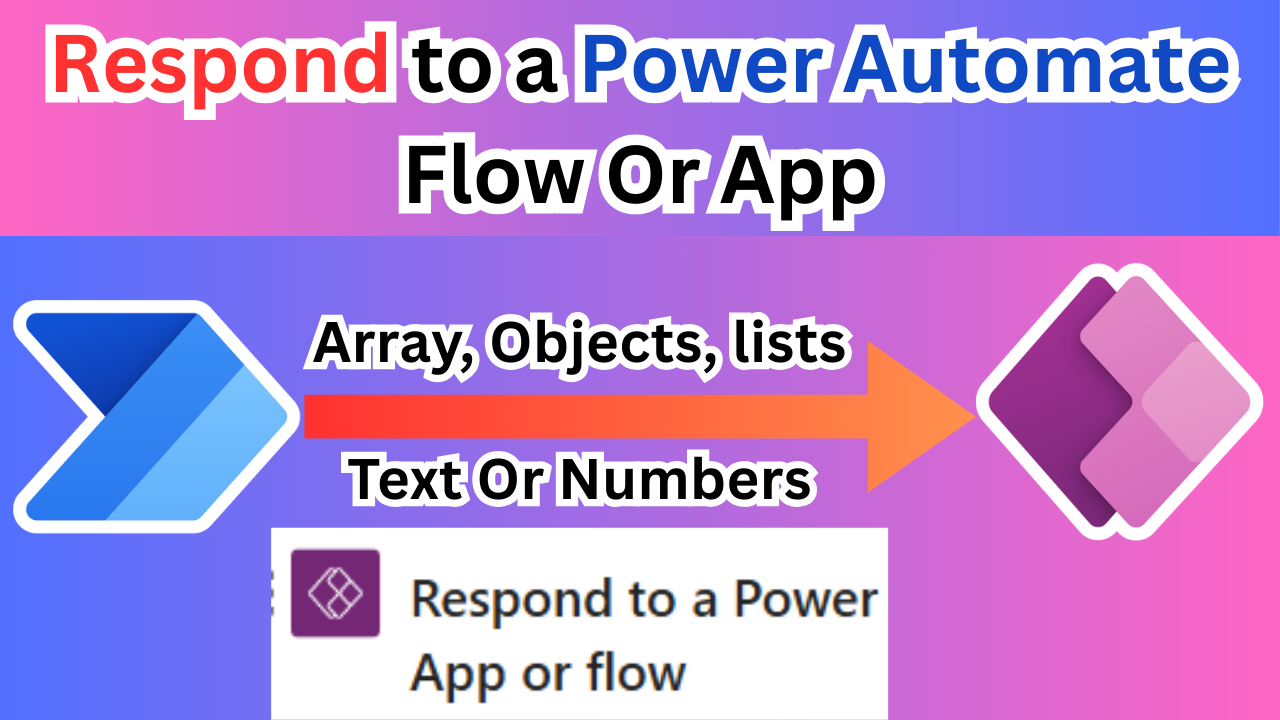Dynamics 365 Interview Questions and Answers 2025
Dynamics 365 Interview Questions and Answers 2025
1. What is the difference between Dynamics 365 Customer Engagement (CE) and Dynamics 365 Finance and Operations (F&O)?
•Dynamics 365 CE (Customer Engagement) is designed for managing customer relationships, including Sales, Customer Service, Marketing, Field Service, and Project Service Automation.
•It helps organizations track interactions, automate workflows, and improve customer engagement. CE is built on Dataverse (formerly Common Data Service – CDS), enabling seamless integration with Power Platform and other Microsoft services. It provides advanced AI-driven insights, custom dashboards, and extensive third-party integrations to enhance productivity.
•Dynamics 365 F&O (Finance and Operations) focuses on financial management, supply chain, HR, and manufacturing. It enables businesses to handle core ERP functions like budgeting, procurement, inventory, and production. F&O is built on Azure SQL and the X++ programming language, providing strong financial reporting and compliance tools.
2. How does Power Platform integrate with Dynamics 365?
Power Platform enhances Dynamics 365 by integrating powerful tools for automation, analytics, and AI-driven solutions:
•Power Apps: Allows users to create custom applications without extensive coding, extending Dynamics 365 capabilities. Businesses can build mobile-friendly apps to interact with CRM data, streamline processes, and improve user experience.
•Power Automate: Automates workflows between Dynamics 365 and other apps or services, reducing manual efforts. It enables event-driven triggers, approvals, and scheduled automation to increase efficiency.
•Power BI: Provides interactive dashboards and advanced analytics using Dataverse data. It helps businesses analyze sales, customer interactions, and operational performance through visual insights and AI-powered reporting.
•Power Virtual Agents: Enables organizations to create AI-powered chatbots to handle customer inquiries, automate responses, and improve support services without coding. These bots integrate seamlessly with Dynamics 365 to enhance customer engagement.
3. What is Dataverse, and how does it relate to Dynamics 365?
Dataverse (formerly Common Data Service – CDS) is a cloud-based data storage platform that serves as the backend for Dynamics 365 applications. It provides a secure and scalable database to store structured data in tables (entities), making it easy to manage and integrate information across business applications. Dataverse supports security roles, data relationships, business rules, and logic, ensuring data consistency and compliance. It seamlessly integrates with Power Apps, Power Automate, and AI-driven solutions, enabling automation and advanced analytics. Additionally, it allows external integrations with Azure, Power BI, and third-party applications, enhancing business processes and decision-making.
4. Explain the key differences between a model-driven app and a canvas app in Dynamics 365?
Model-driven apps and canvas apps in Dynamics 365 serve different purposes based on business needs and customization requirements. Model-driven apps have an auto-generated UI, meaning the layout is determined by the data structure and components like forms, views, and dashboards. They rely exclusively on Dataverse (formerly CDS) as the data source and are ideal for complex business processes that require structured workflows, security roles, and automation.
On the other hand, canvas apps provide full control over the UI, allowing users to design applications freely using a drag-and-drop interface. They support multiple data sources like Dataverse, SharePoint, SQL, and other connectors, making them more versatile for different business scenarios. Canvas apps are best suited for simpler, highly customized applications where user experience and design play a crucial role.
5. How do you implement Business Process Flows (BPF) in Dynamics 365?
Business Process Flows (BPF) in Dynamics 365 guide users through structured processes to ensure consistency and efficiency. To implement a BPF:
1.Navigate to Power Automate and create a new Business Process Flow.
2.Define stages (e.g., Lead Qualification → Opportunity → Closing) to structure the process.
3.Add steps, conditions, and branching logic to customize the flow.
4.Use security roles to control who can access and modify the BPF.
5.Activate the flow so users can follow the structured process in Dynamics 365.
BPFs enhance process automation, compliance, and user guidance in business operations.
6. What are the different deployment models for Dynamics 365?
Dynamics 365 offers three deployment models based on business needs:
1.Cloud Deployment (SaaS): Hosted on Microsoft Azure, offering automatic updates, scalability, and global accessibility.
2.On-Premises Deployment: Installed on local servers, providing full control over data, security, and customization but requiring manual maintenance.
3.Hybrid Deployment: A mix of cloud and on-premises, allowing businesses to keep sensitive data on-premises while leveraging cloud capabilities for scalability and remote access.
Each model provides different levels of control, security, and flexibility, depending on organizational requirements.
7. How do you handle security roles in Dynamics 365?
Security roles in Dynamics 365 control user access and permissions to ensure data security and compliance. They define actions like read, write, delete, append, and share at different levels.
1.Security Roles: Assign permissions based on job functions, controlling access to records and entities.
2.Hierarchy Security: Restricts or grants access based on management levels within the organization.
3.Field Security Profiles: Limit access to specific fields within a record for sensitive data protection.
4.Teams and Business Units: Organize users to manage data accessibility across departments.
These security features ensure proper data governance, compliance, and role-based access control in Dynamics 365.
8.What is the difference between a workflow and a Power Automate flow in Dynamics 365?
Workflows (Classic) and Power Automate Flows (Modern) are both automation tools in Dynamics 365, but they differ in scope and flexibility. Workflows run within Dynamics 365 and are primarily entity-based, meaning they trigger on record creation, updates, or deletions. They offer limited automation capabilities and are mainly used for CRM-specific automation like approvals, notifications, and data updates.
On the other hand, Power Automate flows provide a broader automation scope, working across multiple services beyond Dynamics 365, such as Teams, SharePoint, and external APIs. They support event-driven triggers (e.g., emails, HTTP requests) and offer greater flexibility with connectors to integrate various applications. Power Automate is the preferred choice for modern automation, enabling cross-platform workflows with advanced customization and AI-powered automation.
9. How do you optimize performance in Dynamics 365?
Optimizing performance in Dynamics 365 ensures faster processing and better efficiency:
1.Use Indexed Columns to speed up queries and data retrieval.
2.Reduce FetchXML Queries in reports to minimize database load.
3.Enable Auditing selectively to prevent unnecessary performance overhead.
4.Use Asynchronous Processing for complex workflows to improve system responsiveness.
5.Implement Virtual Entities to access external data without duplicating records.
These strategies help maintain high performance, scalability, and smooth user experience in Dynamics 365.
10. What are Plug-ins in Dynamics 365, and how do you use them?
Plug-ins in Dynamics 365 are custom C# code extensions that run on specific events like record creation, update, or deletion to extend system functionality.
Steps to create a plug-in:
1.Develop a C# class implementing the IPlugin interface.
2.Define the logic to execute in Pre-operation, Post-operation, or Asynchronous mode.
3.Compile the class into a DLL file.
4.Use the Plugin Registration Tool to register and deploy the plug-in.
Plug-ins help automate processes, enforce business rules, and customize system behavior in Dynamics 365.
11. How does AI Builder work in Dynamics 365?
AI Builder in Dynamics 365 enables businesses to integrate AI-driven automation using pre-built and custom models without extensive coding.
1.Text Recognition: Extracts and processes text from documents, invoices, and images.
2.Prediction Models: Helps forecast customer churn, sales trends, and business outcomes.
3.Object Detection: Identifies objects in images for field service, inventory, and quality control.
4.Form Processing: Automates data extraction from structured forms to improve efficiency.
AI Builder enhances decision-making, automation, and business intelligence in Dynamics 365.
12. What is Dual-Write in Dynamics 365?
Dual-Write in Dynamics 365 enables real-time, bidirectional synchronization between Finance & Operations (F&O) and Dataverse (CE).
1.Ensures data consistency across ERP (F&O) and CRM (CE) applications.
2.Automatically syncs records, reducing manual data entry and errors.
3.Supports custom mapping for seamless integration between entities.
4.Enhances cross-application workflows, improving business process automation.
Dual-Write provides a unified data experience, allowing businesses to maintain a single source of truth across systems.
Dynamics 365 Interview Questions and Answers 2025
Dynamics 365 Interview Questions and Answers 2025
Dynamics 365 Interview Questions and Answers 2025
Dynamics 365 Interview Questions and Answers 2025
Dynamics 365 Interview Questions and Answers 2025
✨ Thanks for reading! ✨
I hope you found this blog on the Microsoft Power Platform helpful! From Power Apps, Power Automate (Cloud & Desktop), Canvas Apps, Model-driven Apps, Power BI, Power Pages, SharePoint, Dynamics 365 (D365), Azure, and more, I cover a wide range of topics to help you harness these powerful tools. Don’t miss out on future tips, tutorials, and insights—hit that subscribe button to get the latest posts right to your inbox. 💌
💬 I’d love to hear your thoughts! Drop a comment below with your questions, ideas, or feedback—let’s get the conversation started!
🔗 Let’s connect and grow together!
Follow me, Sanika Thorat, on your favorite platforms for even more content and updates on Microsoft Power Platform and related technologies:
- 💼 LinkedIn – Let’s network and share ideas!
- 💻 GitHub – Explore my projects and code.
- Email Id – thoratsanika98@gmail-com
Let’s build something amazing together with Power Platform and Azure! 🚀!
Dynamics 365 Interview Questions and Answers 2025
Dynamics 365 Interview Questions and Answers 2025







2 thoughts on “Dynamics 365 Interview Questions and Answers 2025”